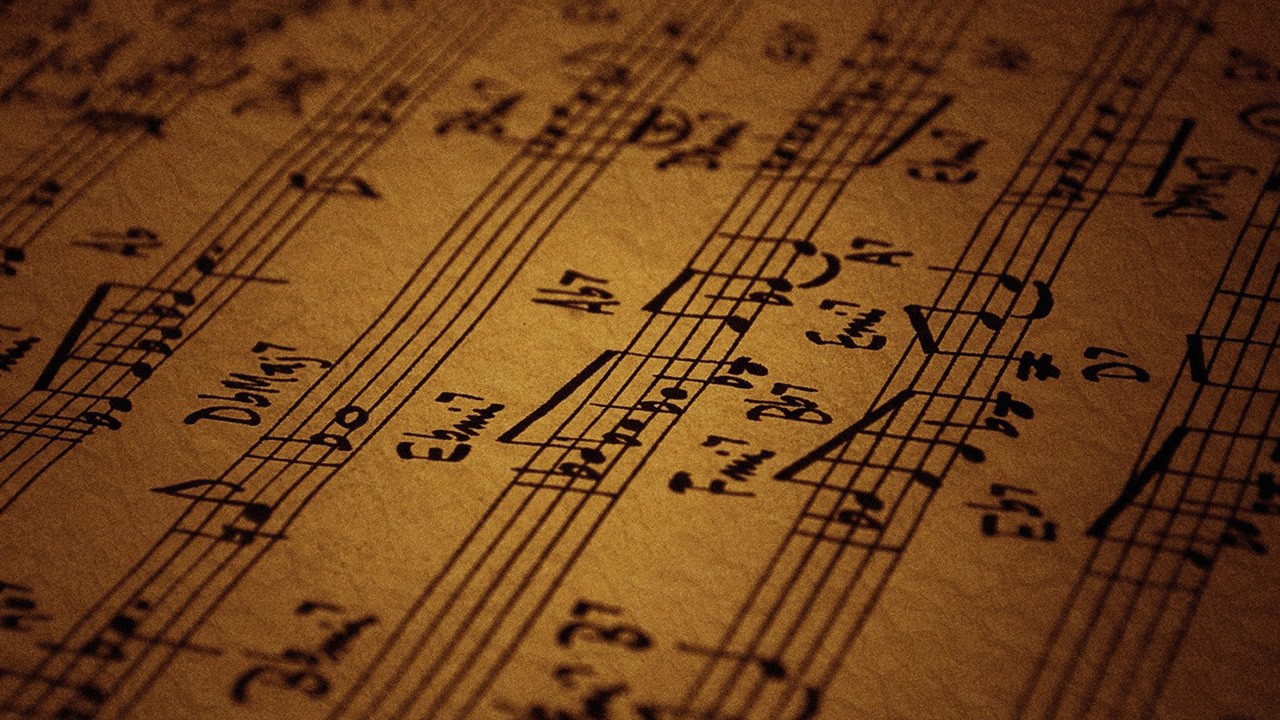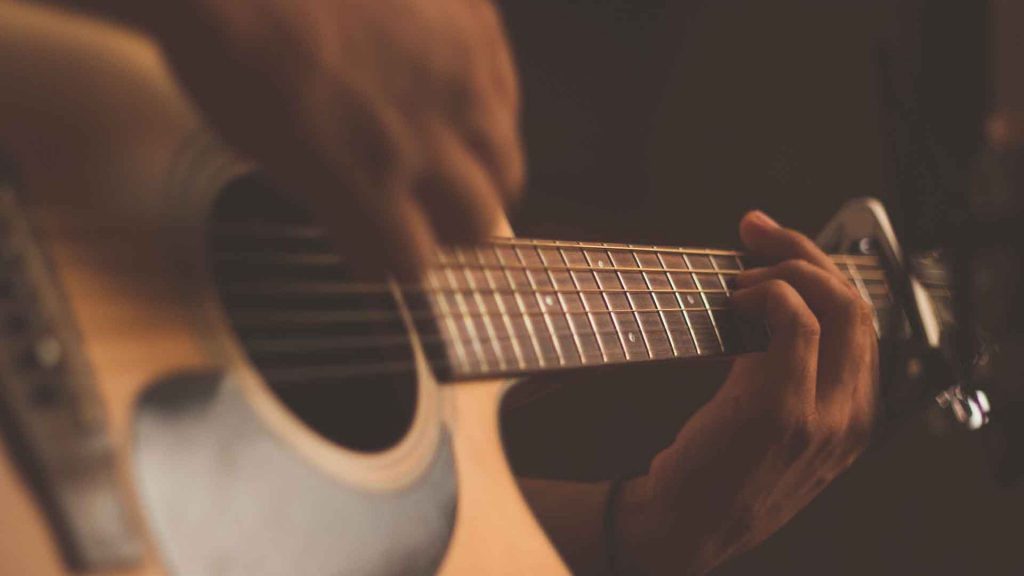We live in a time where synthesized sounds dominate the airwaves, and a surprising trend is emerging among contemporary musicians. More and more, artists are weaving natural sounds into their compositions, opting for the rich, authentic tones of acoustic instruments over their electronic counterparts. This shift isn’t just a nostalgic return to traditional roots; it’s a conscious choice that reflects broader cultural, artistic, and technological influences. From the warm embrace of a vintage piano to the crisp strum of an acoustic guitar, let’s explore why today’s musicians are choosing to ground their music in the natural world.
Authenticity and Emotional Connection

One of the most compelling reasons musicians favor natural sounds is the authenticity they bring to music. Acoustic instruments, like grand pianos and classical violins, produce a richness and depth that is often lost in digital translation.
The imperfections, such as the hammer striking a piano string or the breathy tone of a woodwind, forge a more intimate and emotional connection with listeners. This connection resonates with audiences seeking a break from the overly polished, perfectionist production of modern music, drawing them into a more visceral listening experience.
You know how a lot of people prefer listening the music on vinyl, the scratching sound makes the track more enjoyable for them. Well, the feeling is the same when it comes to all those minor imperfections we hear from acoustic instruments.
Standing Out in a Saturated Market

To thrive as a music artist in a world swamped with digital sounds, creating a unique sound is crucial. Natural sounds offer a distinctive sonic palette that can help an artist stand out. The use of unexpected elements, like the rustling of leaves, the crash of ocean waves, or the subtle harmonies of a string quartet, can transform a standard track into an extraordinary auditory adventure. This not only distinguishes an artist’s music but also enhances their brand identity, making their work instantly recognizable and deeply memorable.
And the fact is that many tracks released in recent years have very similar if not same sounds, matrix, and samples. So, getting back to traditional way of making music can be a good way to stand out from the crowd and make you music more recognizable.
The interesting part is that you don’t need a whole band for this. For example, if you are a bedroom producer, and you are playing acoustic guitar, you can use DAWs to add more layers and enrich the track with etno or modern sound.
There is a possibility to experiment with ancient instruments as well, and you don’t have to own them physically. You will hear many people complaining about the integration of AI into music production, but it doesn’t have to be a bad thing as you can easily create some old-fashioned sound with it. So, it’s about how you use the AI. As long as you can create unique sound, it’s useful.
The Pull of Performance
Live performances play a significant role in why musicians choose natural sounds. The tactile feedback and nuanced control offered by acoustic instruments like pianos enable performers to connect more profoundly with their music and audience.
There is a raw energy and spontaneity in live acoustic performances that is difficult to replicate with synthesizers. The physical presence and aesthetic of instruments like a grand piano on stage also add a visual element that enriches the performance, making it more engaging and appealing to the audience.
And people will always love live performances more than listening to music on their devices. It’s more impressive, the feeling simply cannot be compared to speakers or earbuds.
It seems as a different, more comfortable frequency when you are listening acoustic guitar, especially when the sound is not amplified. The same is for piano, or any other instrument.
The Resonance of Acoustic Guitars

Perhaps nowhere is the preference for natural sounds more evident than in the use of acoustic guitars from guitar-makers like Taylor. The superior sound quality of these instruments is not just a matter of opinion but a celebrated characteristic among musicians and listeners alike. Acoustic guitars produce a warmth and resonance that electric guitars struggle to emulate.
The wood’s natural properties contribute to a richer, more vibrant tone, allowing for a dynamic range that responds beautifully to the artist’s touch. In a mix, these guitars can elevate a song with layers of texture and depth, providing a grounding effect that feels both refreshing and deeply human.
Sustainability and Ethical Considerations
As global awareness of environmental issues grows, musicians are increasingly considering the sustainability of their practices. Choosing acoustic instruments made from renewable resources is a more environmentally friendly approach compared to electronic instruments, which often contain plastics and other synthetics that can be harmful to the environment.
Plus, the process of crafting acoustic instruments supports traditional craftsmanship and small-scale industries, which is appealing to artists who are mindful of their ecological and social impact. This ethical dimension adds more significance to the choice of natural sounds, aligning an artist’s musical expression with their values.
Technological Integration and New Possibilities

While it may seem counterintuitive, the advancements in recording technology have actually facilitated the resurgence of natural sounds in music. Modern microphones and digital audio workstations enable artists to capture and manipulate natural sounds with incredible precision, blending them seamlessly with electronic elements to create innovative sonic landscapes.
This fusion of old and new allows musicians to explore and expand the boundaries of genres, crafting sounds that are both familiar and startlingly new. The technology that once seemed to threaten the viability of acoustic instruments now empowers artists to integrate them into modern compositions in exciting ways.
Last Words
The choice to incorporate natural sounds into music is more than a trend; it’s a profound shift that speaks to musicians’ desires for authenticity, distinction, and connection with their audiences. From the tactile pleasure of playing an acoustic guitar to the ethical satisfaction of using sustainable materials, natural sounds offer a multitude of benefits that resonate on personal, artistic, and global scales. This blend of tradition and innovation is not just reshaping modern music—it’s redefining what it means to be truly connected in the world of sound.



